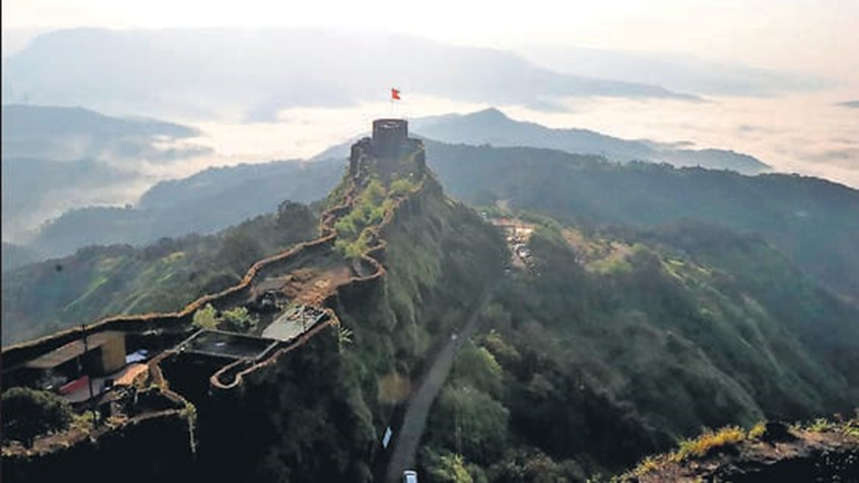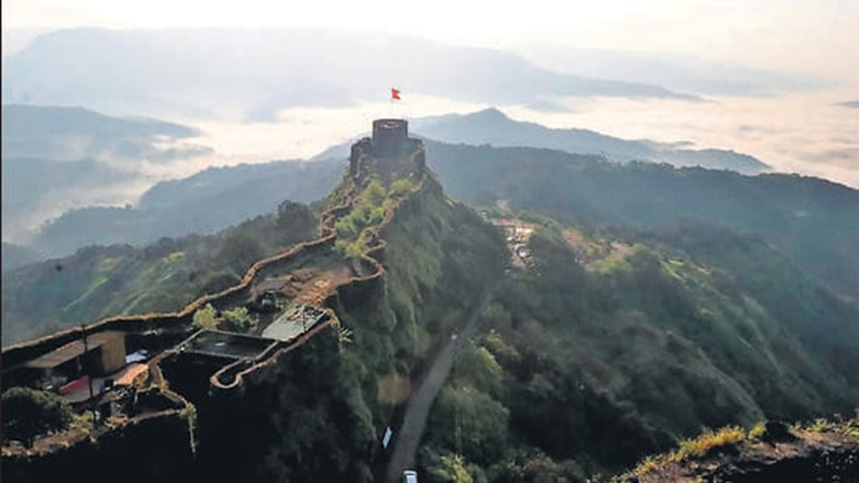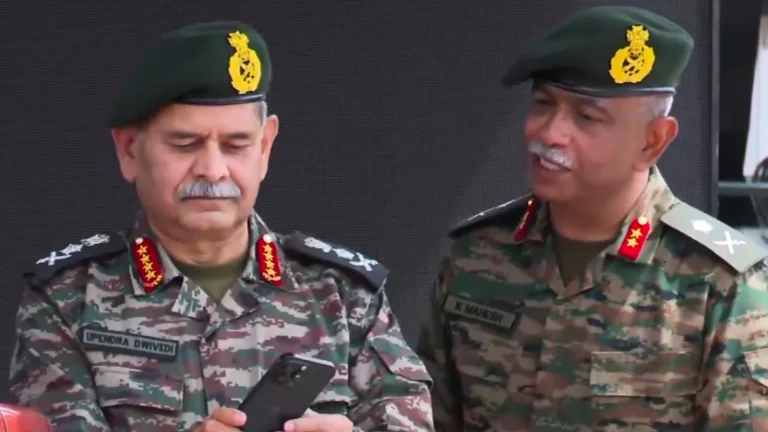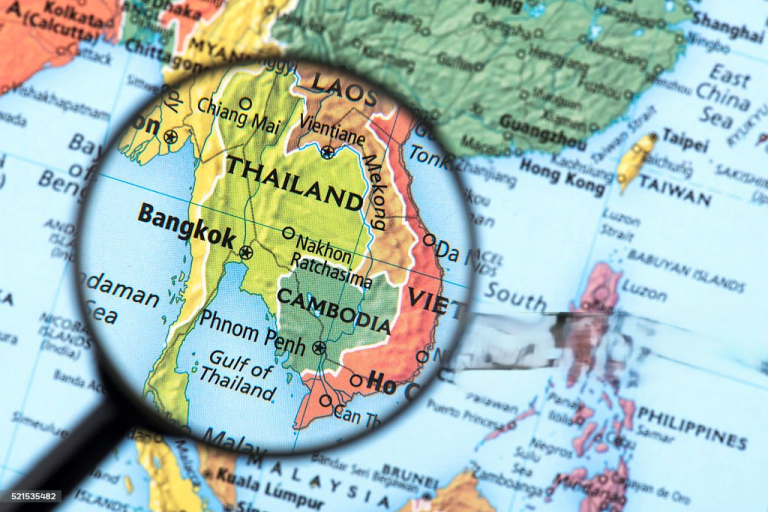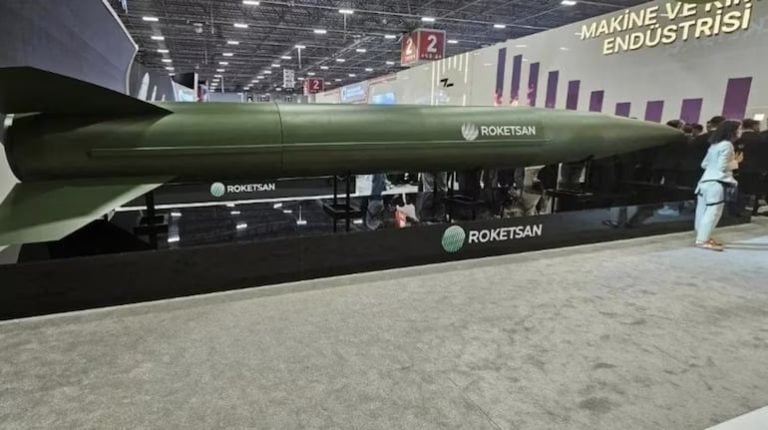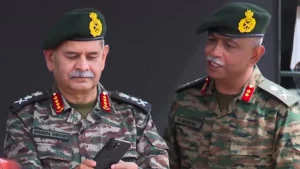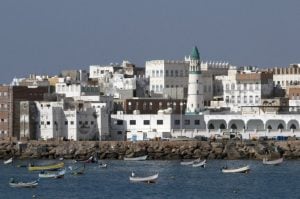The Prime Minister, Shri Narendra Modi has expressed immense pride and joy over the inclusion of the Maratha Military Landscapes of India in the prestigious UNESCO World Heritage List.
‘Maratha Military Landscapes’ on the UNESCO World Heritage List
India has once again etched its name on the global heritage map with the inclusion of the Maratha Military Landscapes in the prestigious UNESCO World Heritage List. This latest recognition, declared during the 47th session of the UNESCO World Heritage Committee in Paris, marks India’s 44th World Heritage Site, showcasing the nation’s rich military, architectural, and cultural heritage.
🌍 A Historic Milestone for India
The inscription comes as part of India’s 2024–25 nomination cycle, following an 18-month evaluation by UNESCO’s advisory body, the International Council on Monuments and Sites (ICOMOS). This included thorough technical assessments and on-site inspections, highlighting the global importance of these heritage sites.
Prime Minister Narendra Modi expressed deep pride and joy over the announcement, stating on X (formerly Twitter):
“Every Indian is elated with this recognition… The great rulers inspire us with their refusal to bow to any injustice. I call upon everyone to go visit these forts and learn about the rich history of the Maratha Empire.”
🏰 The Maratha Military Forts: Symbols of Strength & Strategy
The Maratha Military Landscapes comprise 12 forts, strategically located across Maharashtra and Tamil Nadu, dating from the 17th to 19th centuries CE. These forts stand as living symbols of the Maratha Empire’s military acumen, administrative vision, and architectural brilliance.
List of the 12 Forts:
- Maharashtra: Salher, Shivneri, Lohgad, Khanderi, Raigad, Rajgad, Pratapgad, Suvarnadurg, Panhala, Vijaydurg, Sindhudurg
- Tamil Nadu: Gingee Fort
These forts span diverse landscapes—from hilltops and dense forests to coastal islands—each fort built to suit its terrain and military purpose:
- Hill forts: Shivneri, Lohgad, Raigad, Salher, Rajgad, Gingee
- Hill-forest fort: Pratapgad
- Hill-plateau fort: Panhala
- Coastal fort: Vijaydurg
- Island forts: Khanderi, Suvarnadurg, Sindhudurg
🛡️ Preservation and Recognition
Of the 12 forts:
- 8 are protected by the Archaeological Survey of India (ASI): Shivneri, Lohgad, Raigad, Suvarnadurg, Panhala, Vijaydurg, Sindhudurg, and Gingee
- 4 are maintained by the Government of Maharashtra: Salher, Rajgad, Khanderi, and Pratapgad
The nomination was accepted under UNESCO Criteria (iv) and (vi):
- Criterion (iv): Outstanding example of military and architectural evolution
- Criterion (vi): Direct association with historical and cultural traditions of the Maratha Empire
The proposal garnered overwhelming support from 18 of the 20 State Parties, with the deliberation lasting 59 minutes—a strong endorsement of India’s cultural diplomacy and historical preservation efforts.
🇮🇳 A Continuing Journey of Heritage Recognition
This inscription comes on the heels of another proud moment—the inclusion of Assam’s Moidams of Charaideo in 2023. With this, India now ranks 6th globally and 2nd in Asia-Pacific for the number of UNESCO World Heritage Sites.
India’s commitment to global cultural preservation is further underscored by its current tenure as a member of the World Heritage Committee (2021–2025). The Archaeological Survey of India (ASI) continues to play a pivotal role in nominating, conserving, and promoting heritage across the country.
Currently, India has 62 sites on UNESCO’s Tentative List, showcasing the nation’s rich potential for future global heritage recognition.
📜 A Call to Celebrate and Learn
Union Minister of Culture Gajendra Singh Shekhawat and Maharashtra Chief Minister Devendra Fadnavis echoed the sentiments of national pride, emphasizing the forts as emblematic of India’s rich legacy of resistance, governance, and culture.
Prime Minister Modi urged citizens to visit these heritage forts and deepen their connection with Maratha history and values, particularly the ideals of justice, courage, governance, and cultural pride championed by leaders like Chhatrapati Shivaji Maharaj.
📌 Conclusion
The inscription of the Maratha Military Landscapes into the UNESCO World Heritage List is not just an accolade—it’s a reaffirmation of India’s cultural strength, strategic vision, and architectural legacy. It invites citizens and the world alike to celebrate, study, and preserve these monumental sites for generations to come.
